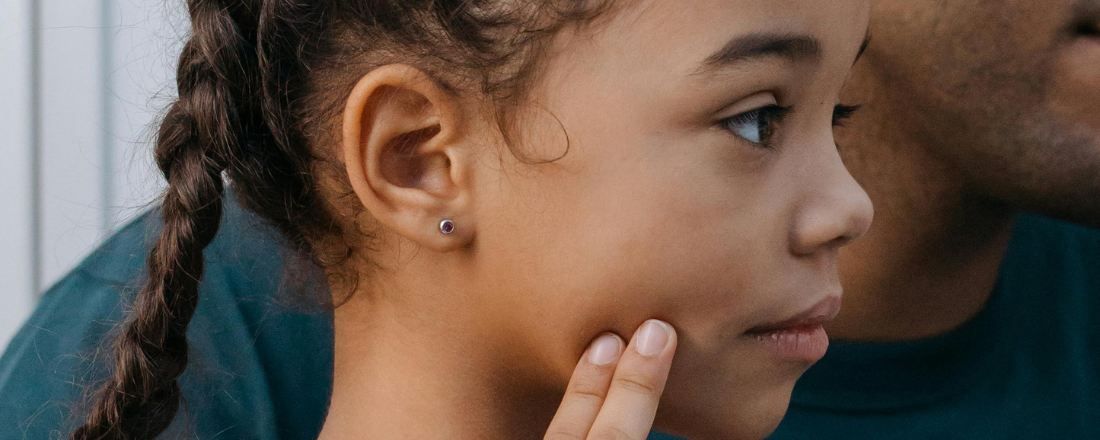
In the News
Study Finds Children with Sickle Cell Anemia May Not Receive Antibiotics, Stroke Screenings
- Sickle Cell Disease News
-
Focus Areas
Chronic Disease Prevention, Health Care & Population Health -
Issues
Population Health -
Expertise
Research – Quantitative -
Programs
Tracking California

Susan Paulukonis, project investigator for the California Sickle Cell Data Collection Program, an initiative of PHI’s Tracking California, served as a co-author for the study “National Quality Indicators in Pediatric Sickle Cell Anemia” featured in the article below.
“While children with sickle cell anemia — the most common form of sickle cell disease — are vulnerable to serious infections and stroke, many don’t receive the antibiotics or annual ultrasounds that national guidelines suggest could keep them healthier, a study found.
Only about 1 in 5 children took the recommended twice-daily doses of antibiotics to prevent infections, and about half got annual ultrasounds to flag any risk for stroke, according to a comparison of Medicaid claims data from California and Georgia from 2010 to 2019.
“What we found, unfortunately, was not what we’d hoped for,” Ashaunta Anderson, MD, a pediatrician at Children’s Hospital Los Angeles, in California, and one of the study’s authors, said in a hospital press release.
The findings parallel those of a study of more than 5,000 children in Michigan and New York, suggesting there are gaps in meeting quality standards nationwide.
“We are encouraged that these kinds of measurements can be tracked in every state in the country,” Anderson said. “We can start to do quality improvement programs in every clinic and every hospital, starting with these two measures, in order to deliver better care for children with sickle cell anemia.”
The study, “National Quality Indicators in Pediatric Sickle Cell Anemia,” was published in the journal Pediatrics.”
To read the full article, click on the link below.
Originally published by Sickle Cell Disease News
More Updates
Work With Us
You change the world. We do the rest. Explore fiscal sponsorship at PHI.
Support Us
Together, we can accelerate our response to public health’s most critical issues.
Find Employment
Begin your career at the Public Health Institute.



